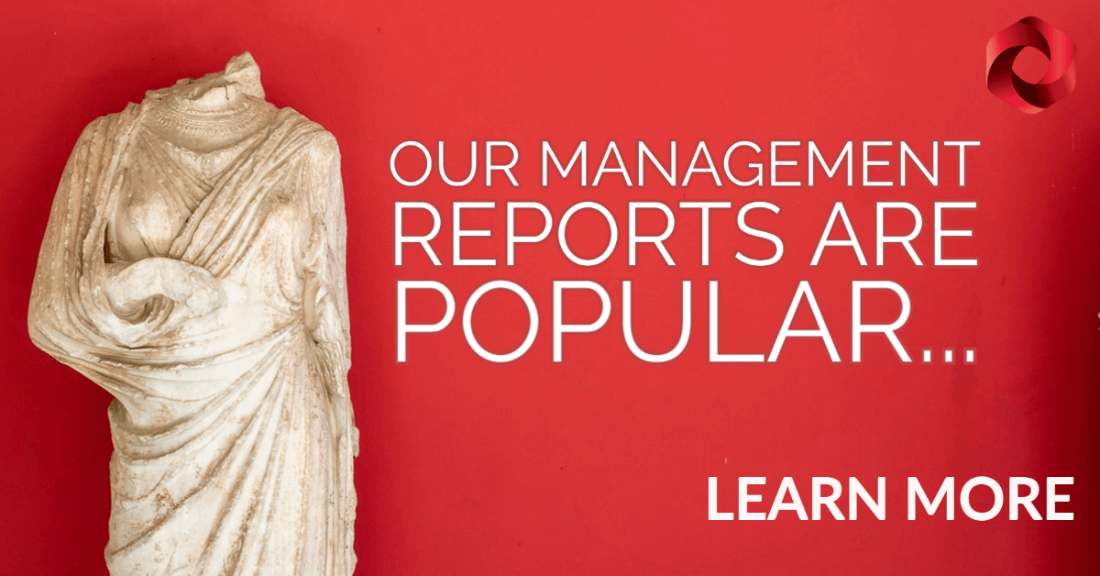Furlough Errors – HMRC Job Support
- November 2020
- 3 minutes
- Business Support
- furlough
- jobsupport
- payroll
The Coronavirus Job Retention Scheme (CJRS) was swiftly implemented to address the urgent financial challenges faced by employers during the pandemic. However, the expedited rollout led to complexities and potential errors, with a focus now on reviewing claims for remedial actions.
Areas Prone to Errors:
Reference Pay Discrepancies: Errors often stem from interpreting discretionary pay, such as tips or commission, in calculating CJRS claims, leading to potential disagreements with HMRC.
Annual Leave and Furlough Interaction: Issues arise from the interaction between paid holidays, furloughed days, and holiday pay, especially when employees were asked to take annual leave before furloughing became an option.
Variable Pay for Furloughed Employees: Calculating reference pay for employees with variable pay, like those on zero-hours contracts, becomes intricate, requiring comparisons and adjustments.
Hours Worked and Part-time Furlough: Determining the number of hours worked during the furlough period and understanding the rules for part-time working have been sources of errors.
Changes in Flexi-Furlough: Adjustments in wage claim percentages, cessation of employer’s NIC and pension contributions, and the introduction of flexi-furlough have introduced complexities leading to potential mistakes.
Pension Contributions and Salary Sacrifice: The interaction of CJRS claims, salary sacrifice, and pension contributions has led to errors, with the need to follow updated guidance from the Pensions Regulator.
Risk of Incorrect Claims:
HMRC anticipates a 5-10% error and fraud rate in furlough claims, potentially risking at least £3.5 billion. This emphasizes the need for thorough review and correction of claims to avoid penalties.
Furlough Fraud and HMRC’s Response:
Fraudulent errors may include false claims, keeping staff working while claiming CJRS, false payroll records, or intentional misuse of CJRS funds. HMRC’s Fraud Investigation Service is prepared for criminal investigations and prosecutions for cheating the public revenue.
Finance Act 2020 Deadline:
The Finance Act 2020 provides a 90-day deadline for employers to disclose incorrect furlough claims. Failure to notify HMRC may result in penalties, emphasizing the importance of transparency and timely disclosures.
Next Steps:
Businesses are urged to focus on rectifying knowingly incorrect claims promptly. HMRC is likely to conduct thorough investigations into both CJRS claims and broader business affairs for suspected fraud.
Conclusion:
Given the complexity of CJRS calculations and the potential for errors made in haste, businesses are advised to meticulously review claimed amounts and supporting documents. Urgent attention to potential discrepancies is crucial for compliance and avoiding legal consequences.


